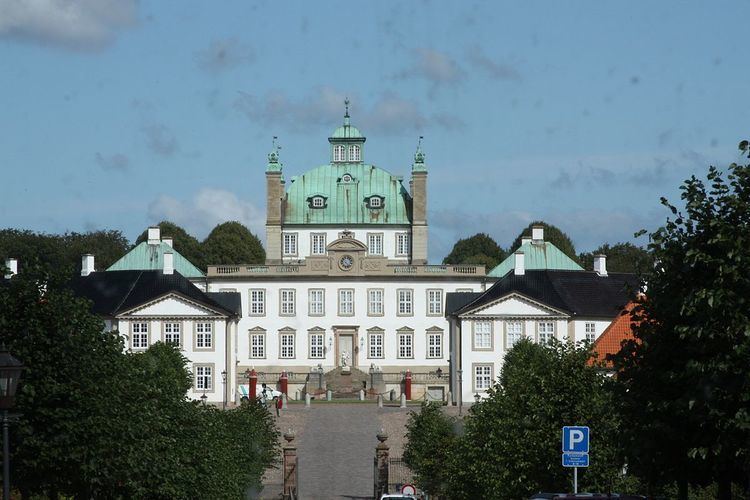Name Johan Ernst Died September 23, 1750 | Role Architect | |
 | ||
Similar People Peter Tordenskjold, Andreas du Plessis de Richelieu, Enevold De Falsen, Hilda Sehested | ||
Johan Conrad Ernst (16 June 1666 – 23 September 1750) was a Danish architect and royal master builder. He was the son of Johan Adolf Ernst, a successful linen merchant who had immigrated from Nuremberg and had a luxurious residence on Amagertorv in Copenhagen.
Contents
Early life and titles
Little is known of his childhood or education but the Swedish architect Nicodemus Tessin the Younger commented that the young man was sophisticated, sociable and widely traveled. At the age of 27, he already had the rank of royal master builder and became court assessor in 1703, counsellor to the chancery in 1709, counselor at law in 1716, and finally counselor of state in 1729.
Achievements
In 1696, as royal master builder, he was sent to Stockholm to assist Tessin in completing a wooden model and plans for a new residential palace for Christian V. The King intended to have it built on the Amalienborg site but nothing came of the venture.
After the Great Fire in Bergen, Norway, on 19 May 1702, Ernst was among the architects drawn upon for the rebuilding of the city. He designed the Manufakturhuset and Hagerupgarden, both completed in 1705. His early work also included Elers' Kollegium (1705) and a chapel in the Church of Holmen (1708). The following year, under instructions from the master builder general, Vilhelm Platens, Ernst became responsible for extending the recently built Frederiksberg Palace (1708–1709). On Platen's retirement, Ernst became his successor with an annual remuneration of 1,000 rigsdaler.
He had also had assignments at Copenhagen Castle including the construction of the Boldhus (the king's indoor ball court).
From 1718 to 1721, he converted the opera house to a training school for cadets and, for a time, coordinated the construction of Fredensborg Palace. During the same period, he designed the Gehejmearkivbygningen (1721) which is now part of the National Archives.
In 1719, he constructed the Chancery Building on Slotsholmen. Together with J.C. Krieger, he designed the fourth Copenhagen City Hall which was completed in 1728 but burnt down in 1795.
From 1731, he spent a number of years coordinating the construction of Hirschholm Palace to the north of Copenhagen.
Family and property
On 23 April 1703, Ernst married Magdalene Foss who died in 1718. In 1719, he married Margrethe Elisabeth Weinmann, the widow of Anders Jacobsen Lindberg. Ernst was a highly respected, well-to-do gentleman. He owned the Aunsogard estate near Kalundborg and maintained a luxurious home in Copenhagen's Stormgade. He died in 1750 and was buried at Viskinge churchyard in Kalundborg.
